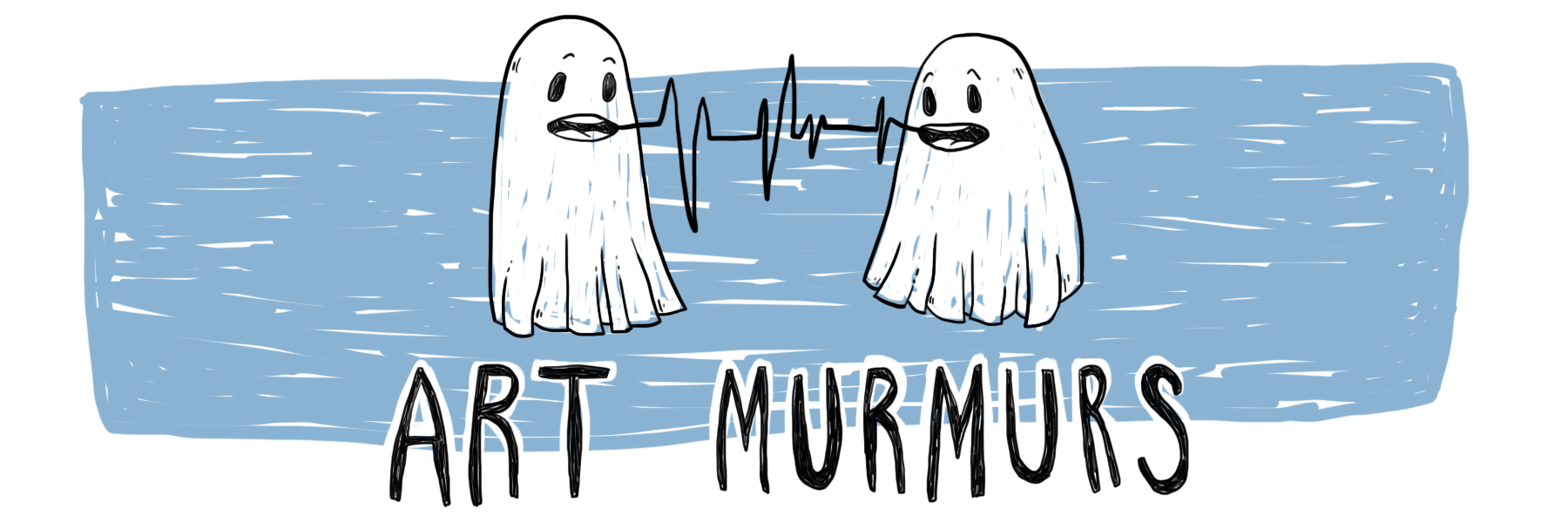Alia Marshall
Krishnan’s Dairy is an expertly written piece of theatre that weaves together the ordinary lives of Gobi and Zina with the extraordinary love story of Shah Jahan and his wife Mumtaz Mahal that truly is “as wondrous as the Taj Mahal”. After opening the play with a beautifully composed song by Adam Ogle, we get the real treat of actually meeting the family. Gobi is a larger-than-life dairy owner who has moved his family to Aotearoa in order to start a new life, and his “stubborn but beautiful wife” Zina longs for home, for the familiarity of family. Through the interactions between a homesick Zina and an ever resilient Gobi, we get to see the intricacies of their lives played out as they grapple with trying to survive and love one another despite the obstacles they face. Rajan does a brilliant job showcasing the tensions between embracing one’s culture and assimilation into a new one.
But that isn’t the only story. While trying to settle him, Zina tells their baby Apu about Shah Jahan, the Mughal emperor who built the Taj Mahal. This addition to the narrative is delightful, showcasing the complex beauty of Indian history, while also highlighting the love between Gobi and Zina. The choice to have Mumtaz represented as a mask on the back of Rajan’s head was so clever, not to mention the backwards dancing!
The mask work, as one might expect, is phenomenal. Rajan switched between Gobi and Zina with such precision, storing his wooden half-masks in a handy little pouch in his apron. Each time he switches between the characters/masks, his body changes in the most subtle ways to indicate these differences, from his posture to the way his feet hit the ground, he never misses a beat. At many points during the performance, Rajan is backstage speaking for both characters, and I nearly convince myself they’re two different people. He truly is a master of the mask.
I want to take a moment to highlight the sound design, crafted by Sam Mence. As well as the soulful guitar that accompanies most of the scenes, the sounds of the cash register, doorbell, and various other sounds you might hear in a dairy are included. While Rajan mimed almost everything, the addition of the non-diegetic sound is a welcome one that really completed the world of the play. I don’t think I’ll ever be able to forget the moment where the hairdryer broke, which you really just had to be there for.
Our trust is earned through the witty dialogue, with some of the funniest moments being undercut with a sharp sense of truth, confronting us with the stark realities many of these families face. The climax of the play is heartbreaking and unexpected, but is perfectly placed to make us think deeply and see the lives of these people whose presence we take for granted.
As my friend and I leave the theatre, between our ‘wow’s’ and moments of speechlessness, we speak at length about the poignancy of such a story. Plays like Krishnan’s Dairy are stories that will always be relevant, for there will always be families coming here to find new lives for themselves, and we are reminded that there is still work to do in making these families feel safe and welcome. As someone who has always called Aotearoa my home, I felt lucky to peek into these characters’ lives, to see what goes on behind the counter, and I feel a newfound sense of gratitude towards the owners of my local dairy (who, let’s be real, have seen us in our worst states). This compelling piece of theatre is not one I will soon forget, thank you Indian Ink for bringing Krishnan’s Dairy to us one last time.
Although Krishnan's Dairy has wrapped, check out what other fantastic productions Indian Ink has in store for us here.






